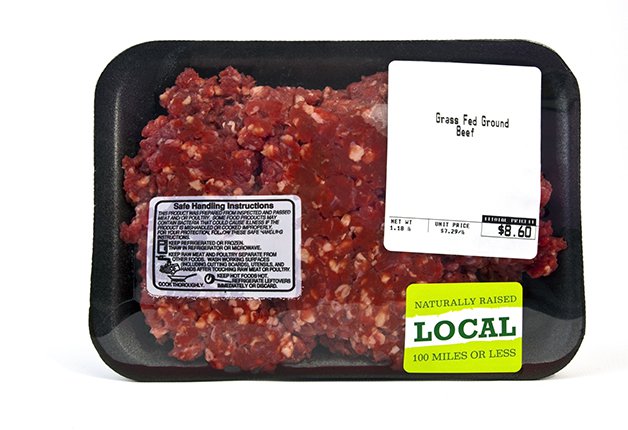Even the Macrobiotic diet, which one panel expert called "a mix of sound dietary guidance, mysticism, folklore, and nonsense," ranked higher. So is going Paleo—the most googled diet of 2013—really that bad for you? We asked Gretchen Spetz, RD, nutritionist at the Cleveland Clinic, to hash out the pros and cons, and give us some straight talk on the much-debated diet.
Let's start with the CONS…
- It's restrictive and confusing: U.S. News and World Report may be right about this: The Paleo diet is not easy to follow for more than a few months (or a few days). Because the diet cuts out several food groups, it may be hard to sustain long-term, says Spetz. People like to eat grains, and it can get very tiring to constantly be operating under this "avoid" mentality. There are also many definitions and versions of the Paleo diet, so it can be hard for someone to follow.
- It may operate under false pretenses: Guess what? You've evolved—and your digestion system has evolved—since our Paleolithic ancestors walked the Earth a few millions years ago, but the diet works under the assumption that we have the same gut health as our ancestors, which we don't. It cuts out grains, legumes, dairy, and many processed foods because they're thought to cause GI problems. But the truth is, for the majority of the population, these are safe and healthy. We've been eating these foods for a long time, says Spetz.
- It can be high in saturated fat: While research is beginning to suggest that saturated fat isn't as big of an evil as we once thought, experts still don't recommend overdoing it. If you're operating on a version of the Paleo diet that allows you to eat bacon, T-bone steak, and loads of coconut oil whenever you want, it may negatively affect your heart health, says Spetz.
And onto the PROS …

Photo by Joe Potato Photo
- It gets you cooking: The fact that the diet shuns processed foods is one of the best things going for it, says Spetz. Anything that comes in a bag, a box, or a can is discouraged on this diet, so it definitely gets people cooking more fresh, whole foods and away from processed convenience foods loaded with sugar and salt. A recent study also linked cooking at home to consuming fewer calories.
- It packs plenty of nutrients: The diet really stresses vegetables and fruits, so you end up getting plenty of fiber and healthy carbs, despite cutting out grains and legumes, says Spetz. And fortified almond and coconut milks, as well as dark leafy greens, help you meet your calcium quota without dairy.
- It can be low in saturated fat: You can tailor the diet so that it's not ridiculously high in fat, says Spetz. There's nothing that requires you to eat bacon at every meal, or slather everything with coconut oil. Leaner meats and fish are definitely allowed and encouraged, as well as oils containing healthy unsaturated fats like olive and walnut.
- It emphasizes quality: The Paleo diet emphasizes consuming the highest quality proteins you can find (e.g. grass-fed beef, wild game meats, pastured pigs and chickens, wild-caught seafood, etc). That's good news from a sustainability, humane, and nutritional standpoint—for example, health experts say that grass-fed beef may contain less total fat, a greater proportion of omega-3 fatty acids, and more antioxidant vitamins such as vitamin E than conventional beef.
Bottom line: There are healthy ways to interpret and follow this diet, if you want to—it just might take some planning and weekend meal prep. And while more research is needed to make definitive health claims, some small preliminary studies have linked the diet to reduced blood pressure, weight, and waist circumference; and increased HDL "good" cholesterol. If you're going to give it a whirl, Spetz recommends aiming for a lot of variety within the confines of what you're "allowed" to eat and not overdoing it on any one thing—e.g. experimenting with new produce, and switching up your cooking oils and protein sources. "Find a Paleo approach that really stresses plenty of vegetables and fruit and emphasizes quality lean proteins like poultry and fish," says Spetz. For healthy, simple Paleo recipe ideas, check out these 5-Ingredient Paleo Meals.




